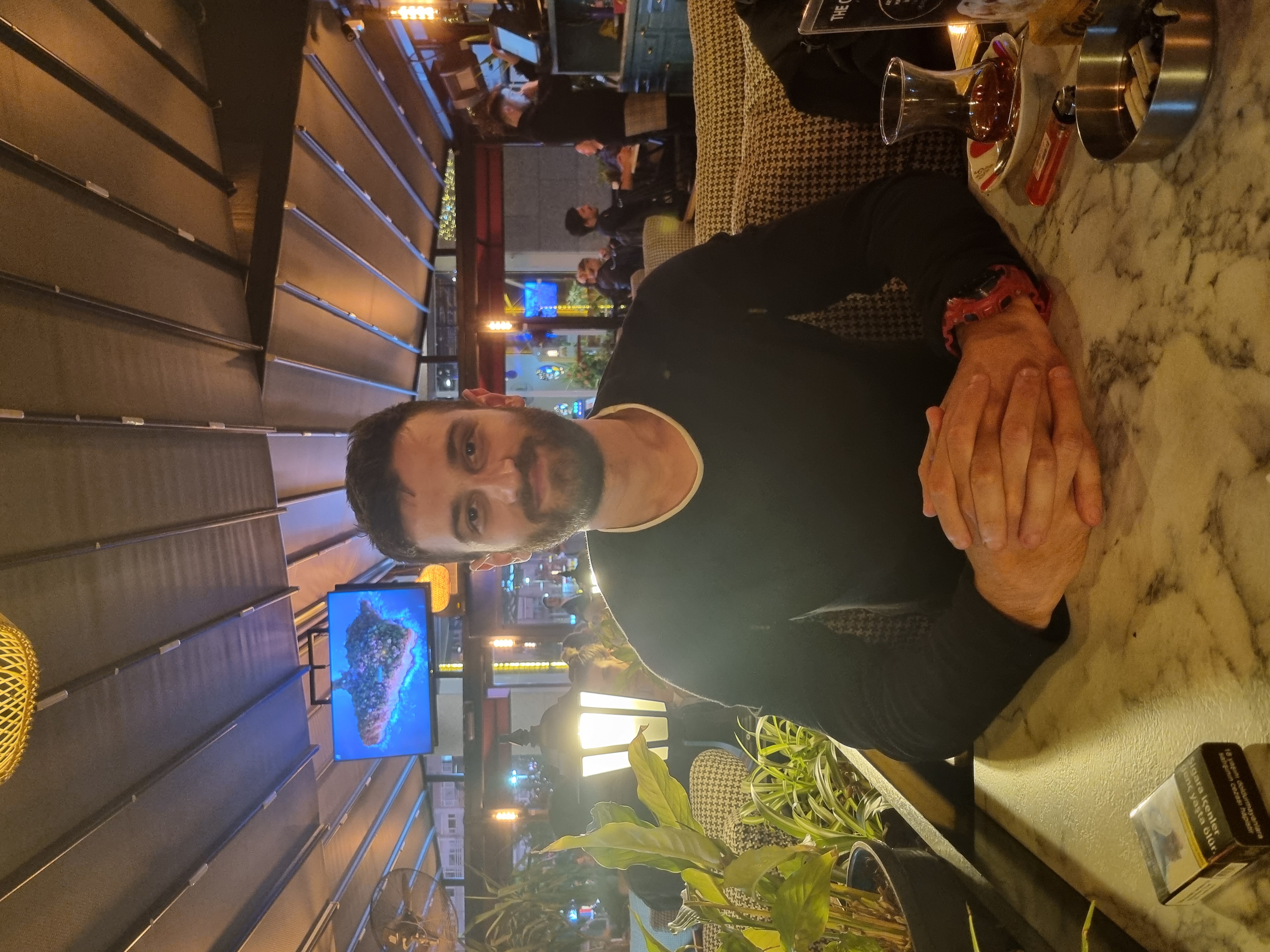Boosting Customer Frequency and Retention in the Quick Service Restaurant (QSR) Sector
- Mert B

- Jun 9, 2023
- 3 min read
Updated: Sep 17, 2024

Boosting Customer Frequency and Retention in the Quick Service Restaurant (QSR) Sector
Client: Leading QSR Brand in Turkey
Executive Summary
A prominent Quick Service Restaurant (QSR) brand in Türkiye faced significant challenges in enhancing customer loyalty and purchase frequency. With 60% of customers making only a single purchase annually and just 5% making five or more purchases, the brand sought to transform its customer engagement strategy in a highly competitive market characterized by low entry barriers and intense price competition.
Our team designed and implemented a gamified loyalty program, underpinned by micro-segmentation analytics and tailored communication strategies. This program not only addressed the unique behavior of QSR customers but also aligned with the client’s ambitious growth objectives. Within a year, the initiative resulted in a more than 20% reduction in one-time customers and a 30% increase in average visit frequency.
Client Challenges
• Low Customer Retention: A significant portion of customers (60%) were one-time purchasers.
• Infrequent Purchases: Only 5% of customers made five or more purchases annually.
• Highly Competitive Market: The Turkish QSR market is saturated with local and global brands, leading to intense price wars and low customer loyalty.
• Barrier to Increased Engagement: Existing loyalty programs were not effectively encouraging repeat business or higher engagement levels.
Our Approach
1. Comprehensive Research and Analysis
Customer Insights:
• Conducted focus groups across diverse consumer segments to understand purchase decisions and reward preferences.
• Analyzed customer purchase history, frequency, and recency to identify patterns and opportunities for personalized offers.
Market Benchmarking:
• Collaborated with the client’s international teams in the USA and Russia to gather insights and best practices.
• Assessed industry trends, consumer habits, and competitive loyalty programs in the QSR sector.
Behavioral Analysis:
• Identified the QSR brand as a “situational brand,” where customer loyalty is influenced by immediate needs (e.g., hunger) rather than long-term brand commitment.
• Recognized the importance of offering brand-specific rewards to encourage exploration of new menu items and increase purchase frequency.
2. Loyalty Program Design
Gamification Strategy:
• Developed a simple, gamified loyalty program where customers earned “units” (slices) with each purchase.
• Upon collecting enough units to form a full “set,” customers could redeem them for complimentary menu items.
Micro-Segmentation Analytics:
• Employed advanced analytics to segment customers based on behavior, allowing for tailored rewards and communication.
• Implemented a bonus unit system to re-engage dormant customers and promote specific products.
Scalability and Flexibility:
• Designed the program to be easily scalable and adaptable to evolving market trends and customer preferences.
3. Implementation and Collaboration
Cross-Functional Coordination:
• Worked closely with the client’s digital reporting, product development, UI/UX design, and marketing teams.
• Assisted in customizing the CRM system to integrate the new loyalty program and enhance customer-centricity.
Communication Strategy:
• Developed customer segmentation and targeted communication plans for physical stores, online orders, and mobile app users.
• Leveraged data-driven insights to tailor messages and offers to specific customer groups.
Performance Tracking:
• Established Key Performance Indicators (KPIs) and Objectives and Key Results (OKRs) for ongoing program evaluation.
• Collaborated with the client’s data science team to create PowerBI dashboards for real-time reporting and analytics.
Results and Impact
Increased Purchase Frequency:
• Achieved a 30% increase in average customer visit frequency within one year.
Enhanced Customer Retention:
• Reduced the proportion of one-time customers by over 20%.
Improved Customer Engagement:
• Encouraged customers to explore new menu items, leading to diversified purchasing behavior.
Data-Driven Decision Making:
• Provided the client with valuable insights into customer behavior, enabling more effective marketing and operational strategies.
Conclusion
By implementing a gamified loyalty program tailored to the client’s target audience and brand offerings, we successfully enhanced customer frequency and retention in a competitive QSR market. The program’s design, rooted in comprehensive research and behavioral insights, addressed the unique challenges of situational branding in the fast-food industry. Our collaborative approach and emphasis on scalability ensured that the client could continue to adapt and optimize the program in response to changing market dynamics.
Key Takeaways
• Understanding Customer Behavior: Tailoring loyalty programs to the specific behaviors and preferences of customers is critical, especially in industries where brand loyalty is situational.
• Gamification Drives Engagement: Simple and rewarding gamified elements can significantly boost customer participation and repeat purchases.
• Collaboration Enhances Success: Close cooperation with client teams across departments ensures alignment and effective implementation of strategic initiatives.
• Data Analytics Empower Strategy: Leveraging micro-segmentation and real-time analytics enables personalized experiences and informed decision-making.
About Us
At Barbaros Consulting, we specialize in designing innovative strategies that drive sustainable growth and enhance customer engagement. Our expertise in loyalty programs, behavioral design, and data analytics empowers businesses to achieve measurable results in today’s dynamic market landscape.
Partnering for a Better Tomorrow.



Comments